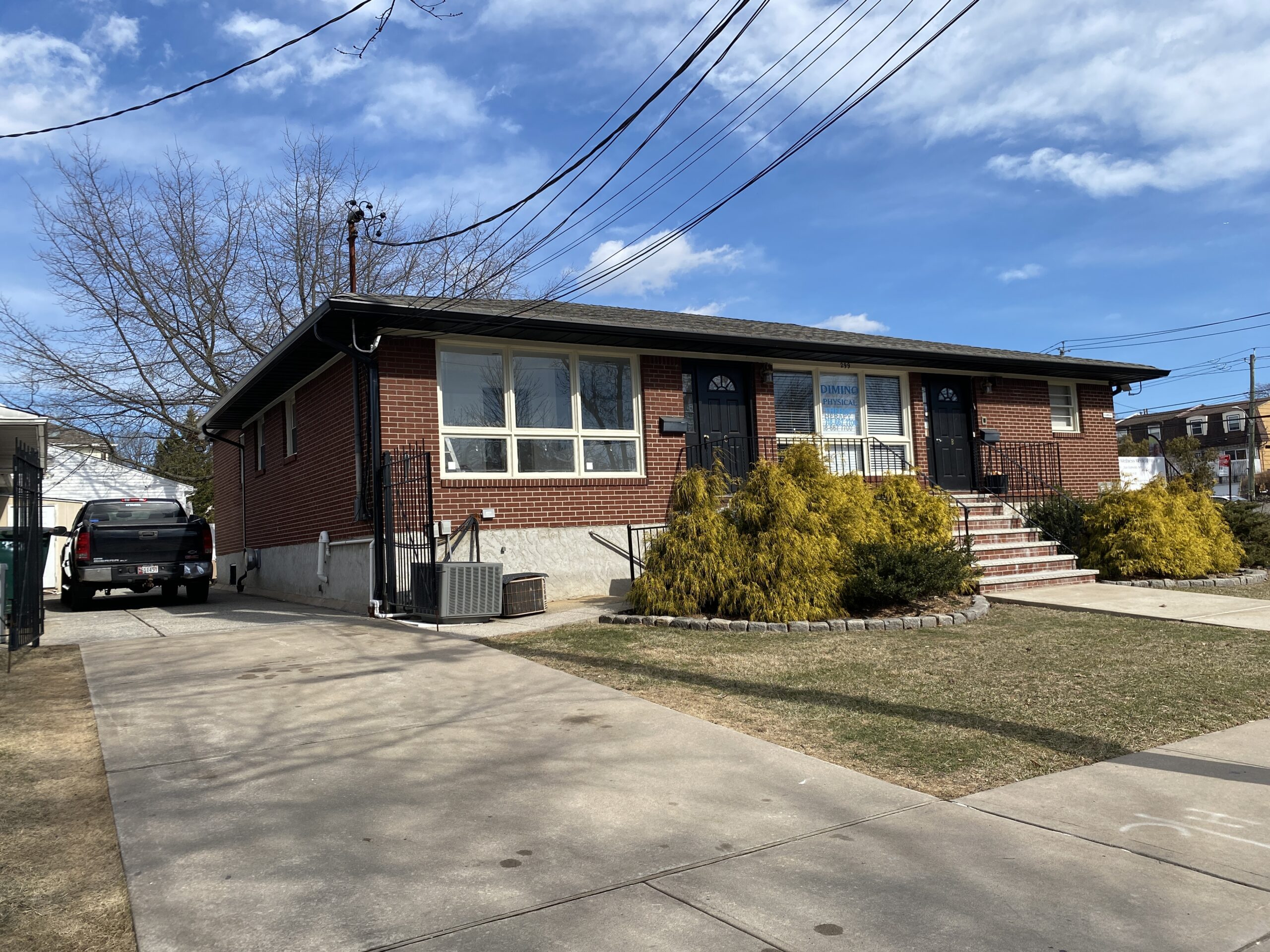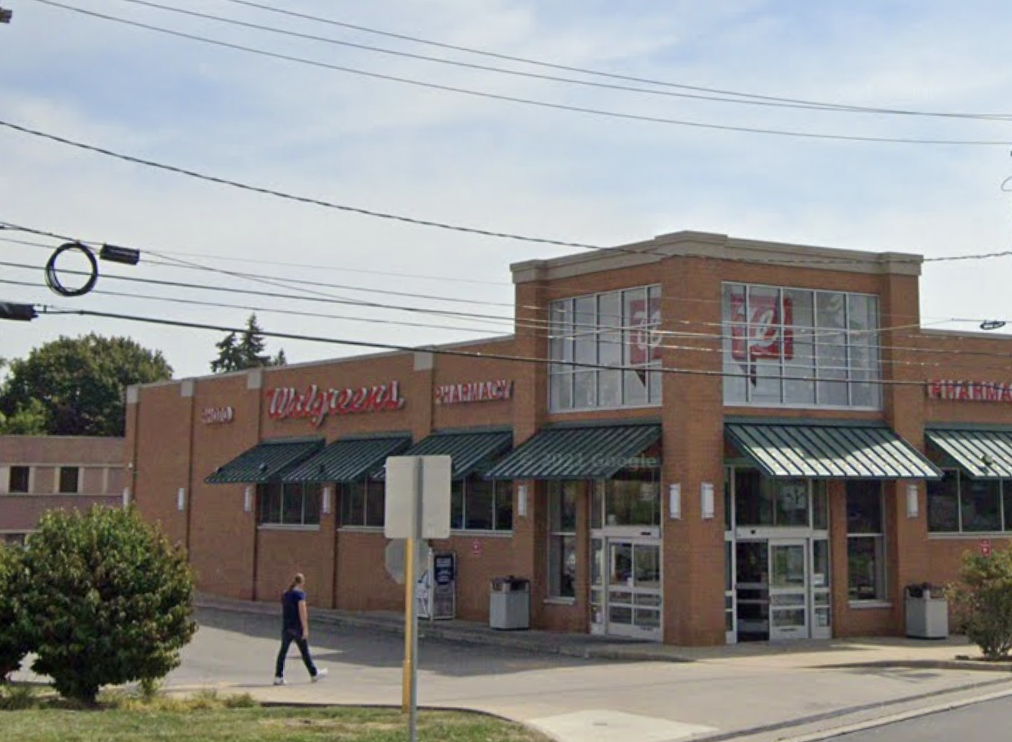How Often to Paint the Exterior of a House

On average, it takes about 4 to 7 years before fresh exterior painting is required. But this will depend on several factors like the weather in your area, the quality of the existing painting, and the type of construction material that the building is made with.
That being said, the quality of the paint you choose also plays a big role in how long a painting job will last. This is why it is important to choose high-quality painting materials and paints. If you go for cheap options because you want to cut costs, then it won’t be long before you start planning another painting job. In the end, you really won’t be saving much.
Now let’s get into the tips to consider before you start your painting job.
10 Exterior Painting Tips from Local Painters in Dallas
The following tips will guide you on the important things to consider so that you can achieve the desired painting outcome:
1. Gather All Necessary Tools and Materials
This seems rather obvious, right? Not really. You need to know what the necessary items are in the first place before you ensure that they are available.
The last thing you want to do is to pause in the middle of the job to buy an item you forgot or didn’t know to pick at the store.
Some of the necessary tools and materials to include for the exterior painting job include:
- Primer
- Pressure washer
- Exterior paint
- Rollers and paintbrushes
- Paint sprayer
- Plastic covers
- Drop cloths
- Paint scraper
- Putty knife
- Medium-grit sandpaper
- Epoxy filler
- Caulk gun
- Exterior caulking
- Personal protective equipment
- Ladders or scaffolding (for 2-story buildings)
2. Check the Weather
The weather plays a major role in how well the painting turns out as well as its durability. For instance, if you use latex paint when the weather is either too hot or too cold, it may affect the durability of the paint or how well it adheres to the surfaces.
Professional can look out for the weather forecast to know when to begin the painting process such that neither the outcome nor the durability of the job is compromised.
3. Wear Personal Protective Equipment
It is important to protect yourself during a paint job. Use a protective mask and a pair of safety glasses when you scrape or sandpaper surfaces.
Meanwhile, if the building you are working on was built before 1979, then the exterior paint is likely to contain lead. If that’s the case, you may need to speak with a safety professional for extra precautions to consider.
Click here to learn more about the history of lead paints.

4. Clean the Surfaces
A clean surface will make the paint sit in properly so that the outcome is smooth and even. Clean the surface with the pressure washer. Doing this will remove dirt and loose paint. But be careful not to apply excessive pressure to avoid damaging the surface (e.g. wooden surfaces).
Alternatively, you can clean the surfaces with some soap and a hose sprayer. You can also scrub using a brush with a long handle.
5. Repair any Damages
This is the part where you take extra steps to smoothen the surfaces. Use a putty knife to remove peeling or loose paint and repair any damages. You can also use the knife to fill holes and cracks with a good epoxy filler.
Once the epoxy is dry, go ahead and sand the surfaces with medium-grit sandpaper or the more efficient rotary sanders.
6. Protect Trims and Surrounding Area
Take advantage of the plastic covers and drop cloths to protect any outdoor equipment, furniture or landscaping to prevent paint drops from falling on them. You can also tape off doors, windows, and trims with the painter’s tape. Be sure to clean the surfaces before taping them.
7. Caulk Cracks and Gaps
Filling cracks with caulk will prevent moisture and air from entering your home through the walls around the windows and doors. Ensure that you use high-quality caulk that is paintable.
8. Prime the Surface
Contrary to popular opinion, priming isn’t always necessary except you are painting with a lighter shade of the existing paint or a completely different color.
However, bare wooden surfaces always need priming to prevent rusty nails, knots, and sap from seeping through the paint.
That said, in all your priming, ensure that you smoothen drips to avoid bumps after painting.
9. Paint Sidings and Trims
Choose eggshell or flat exterior paint and fill your sprayer with it. Then spray the exposed surfaces starting from the top to the bottom and overlap each stroke as you work your way down. Assess the work and see if you need a second coating. Then leave it to dry
Next, remove the tapes and plastic sheeting from the doors, trim, and windows and use the paintbrush to apply 2 coats of a suitable paint on the trim. Visit https://www.do-it-yourself-help.com/how-to-paint-house-exterior.html to learn how to do this yourself.
10. Tidy Up
As soon as the exterior painting job is done, remove the drop cloths you may have used to cover unpainted areas or items, wipe spills, clean the brushes and rollers, and remove all the materials and tools used.
Bottom Line
A good exterior painting job for your house is a good way to increase not just its curb appeal, but its market value too.
While it is not out of place to take this up as a DIY task, it may be a better option to hire the services of a local painter around you. These professionals offer benefits like time management, safety, expertise, and peace of mind to the table; which a DIY approach may not give you.
So, consider hiring a local painting contractor to get the job done for you.







Leave a Comment